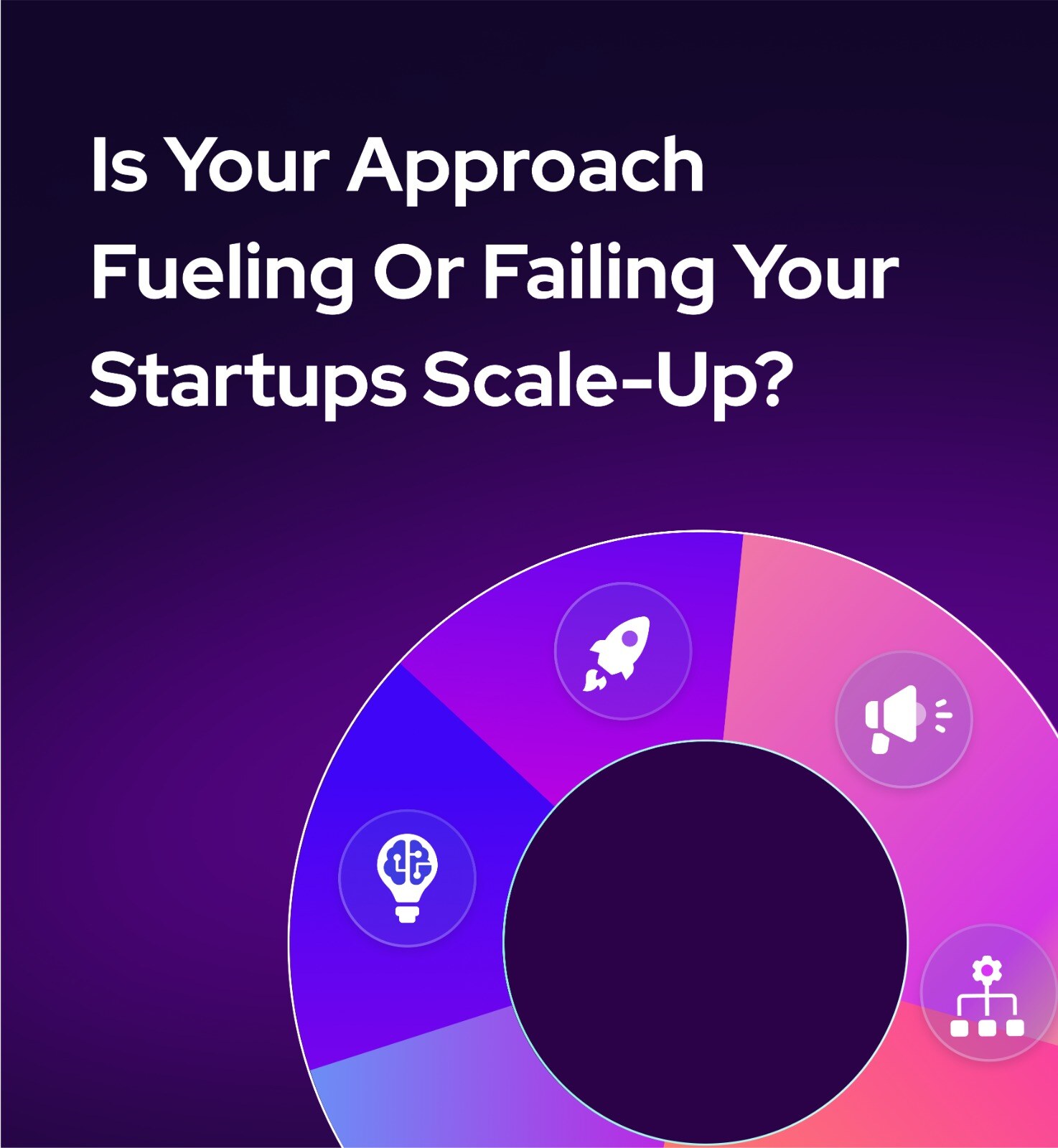Product Metrics: A Journey Through Diverse Business Models
In the dynamic world of digital products, success often hinges on our ability to measure what matters. The right metrics can transform a struggling startup into a thriving scaleup. They're the compass that guides our journey to success.
But here's the thing: not all metrics are created equal, and what works for one business model might be irrelevant for another. So, let's embark on a journey through various business models, exploring the metrics that can make or break your success. Whether you're a seasoned entrepreneur or just starting out, this guide will help you navigate the complex world of product metrics.
Subscription Model: The Art of Recurring Revenue
Imagine you're running a streaming service like Netflix or a software suite like Adobe Creative Cloud. Your success depends on not just acquiring customers, but keeping them coming back month after month. In this model, loyalty is currency.
Key metrics to watch:
- Customer Acquisition Cost (CAC): How much are you spending to bring in each new subscriber?
- Monthly Recurring Revenue (MRR): The lifeblood of your business - how much predictable revenue are you generating each month?
- Churn Rate: The silent killer - what percentage of customers are you losing over time?
- Customer Lifetime Value (CLV): The holy grail - how much is each customer worth over their entire relationship with you?
Freemium Model: The Balancing Act
Picture Spotify or LinkedIn. You're offering a taste for free, hoping to entice users to upgrade to the full experience. It's a delicate dance between providing value and creating desire.
Key metrics to focus on:
- Free-to-Paid Conversion Rate: Are you successfully turning free users into paying customers?
- Engagement Metrics: Are your free users actually using your product?
- Churn Rate for Free and Paid Users: Are you keeping both groups of users satisfied?
- Average Revenue Per Paying User (ARPPU): How much value are you extracting from those who do pay?
E-Commerce Model: The Digital Storefront
You're Amazon or Etsy, a virtual marketplace where every click could lead to a sale - or an abandoned cart. In this world, user experience and conversion optimization are king.
Essential metrics include:
- Conversion Rate: The pulse of your business - how many visitors become buyers?
- Average Order Value (AOV): Are you maximizing each sale?
- Customer Retention Rate: Are your customers coming back for more?
- Cart Abandonment Rate: The missed opportunities - why are potential sales slipping through your fingers?
Advertising Model: The Attention Economy
Welcome to the world of YouTube or online news sites. Your currency is eyeballs, and you're constantly fighting for user attention while balancing the user experience with advertiser demands.
Critical metrics to track:
- Click-Through Rate (CTR): Are your ads compelling enough to click?
- Cost Per Click (CPC): How much are advertisers willing to pay for access to your audience?
- Revenue Per Thousand Impressions (RPM): How efficiently are you monetizing your user base?
- Ad Block Rate: The invisible barrier - how many users are you not reaching?
Software as a Service (SaaS) Model: The Subscription Revolution
In the world of Salesforce or Slack, you're not just selling software - you're selling an ongoing service. User adoption and satisfaction are your north stars.
Key metrics to watch:
- Monthly Recurring Revenue (MRR): The steady stream of income that powers your business
- Customer Acquisition Cost (CAC): How much are you investing to bring each new customer on board?
- Net Revenue Retention (NRR): Are your existing customers growing with you?
- Feature Adoption Rate: Are users taking full advantage of what you offer?
Platform Intermediary Model: The Digital Matchmaker
Think Uber or Airbnb. You're not just a business - you're an ecosystem, balancing the needs of both service providers and consumers.
Essential metrics include:
- Gross Merchandise Value (GMV): The total value of transactions happening on your platform
- Take Rate: Your slice of the pie - what percentage of each transaction are you keeping?
- Supply-Demand Ratio: The delicate balance that keeps your platform running smoothly
- User Ratings and Reviews: The trust factor that can make or break your platform
Licensing Model: The Intellectual Property Game
You're a software company selling licenses to use your product. Your challenge is not just making the initial sale, but ensuring ongoing use and renewals.
Key metrics to focus on:
- License Revenue Growth: Are you expanding your customer base and revenue over time?
- Renewal Rate: The repeat business that forms the backbone of your model
- Compliance Rate: Are your customers playing by the rules?
- Innovation Rate: Are you staying ahead of the curve with new features and updates?
Conclusion
As we've journeyed through these diverse business models, one thing becomes clear: the right metrics are not just numbers on a dashboard - they're the pulse of your business, telling you where you're thriving and where you need to focus your efforts.
But remember, metrics are not a one-size-fits-all solution. The key is to start with the basics we've outlined for your business model, then adapt and evolve your metrics as you grow. Your metrics should change as your business does, always aligning with your current goals and challenges.
Moreover, while quantitative metrics are crucial, don't forget the qualitative aspects. Customer feedback, user experience, and market trends should all inform your interpretation of these numbers. The most successful businesses blend data-driven decisions with human insight and intuition.
Implementing a robust metrics framework is a journey, not a destination. It requires ongoing commitment, regular review, and a willingness to change course when the data demands it. But the rewards are worth it: clearer decision-making, faster problem-solving, and a deeper understanding of your product and customers.
As you move forward, challenge yourself to really understand your metrics. Don't just track them - question them, analyze them, and use them to tell the story of your product. With the right metrics as your guide, you'll be well-equipped to navigate the complexities of your business model and drive your product toward sustainable, long-term success.
What's your next step in mastering your product metrics? Whether it's implementing a new tracking system, revisiting your key performance indicators, or diving deeper into data analysis, the time to start is now. Your product's future success may well depend on the metrics you choose to focus on today.
Disclaimer
This blog post was initially generated by Inno Venture AI and subsequently revised by our internal team to ensure accuracy and relevance.
Inno Venture AI is a state-of-the-art AI engine designed specifically for startup founders navigating the complex world of scaling. This intelligent companion offers tailored guidance on various aspects of scaling, including sales optimization, product development, organizational agility, data-driven decision making, talent acquisition, and product strategy refinement.
If you want you can register your interest in Inno Venture Ai website.

Take The Test
You May Also Like
These Related Stories

Scaled Up: Mastering Growth in the Modern Business Landscape

What Does Scale Mean? Unpacking the Art of Business Growth


